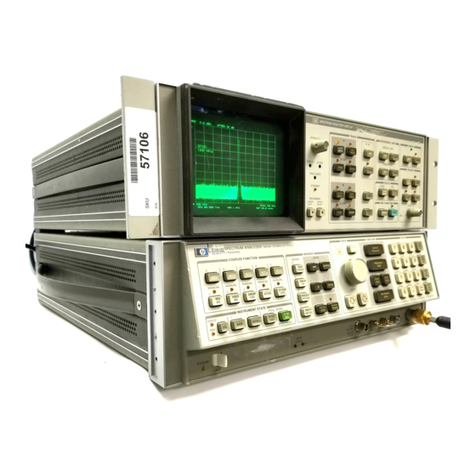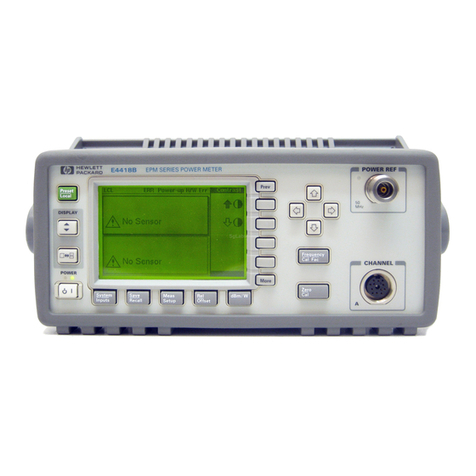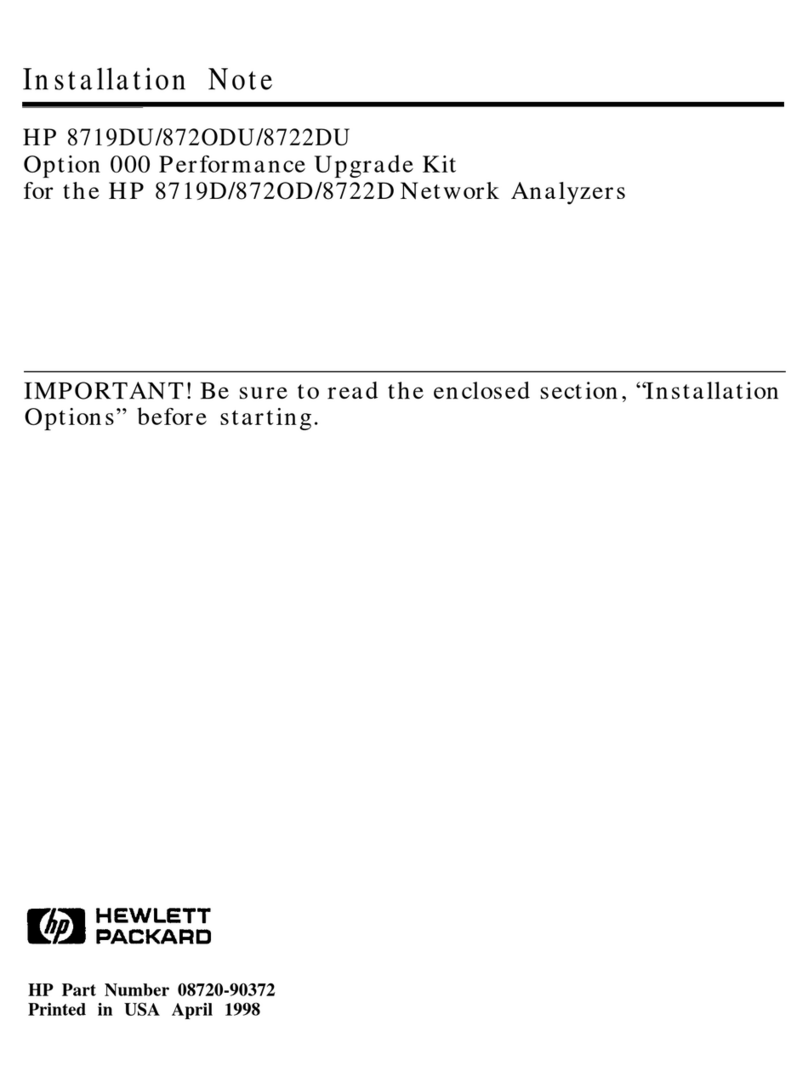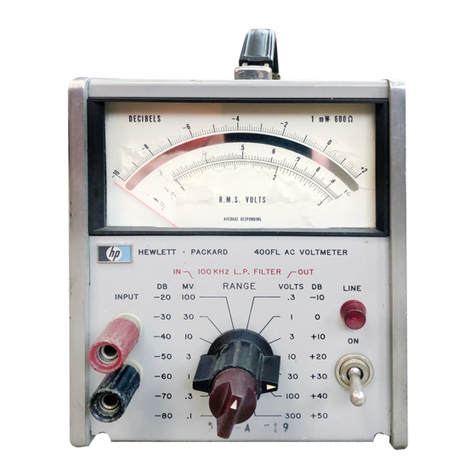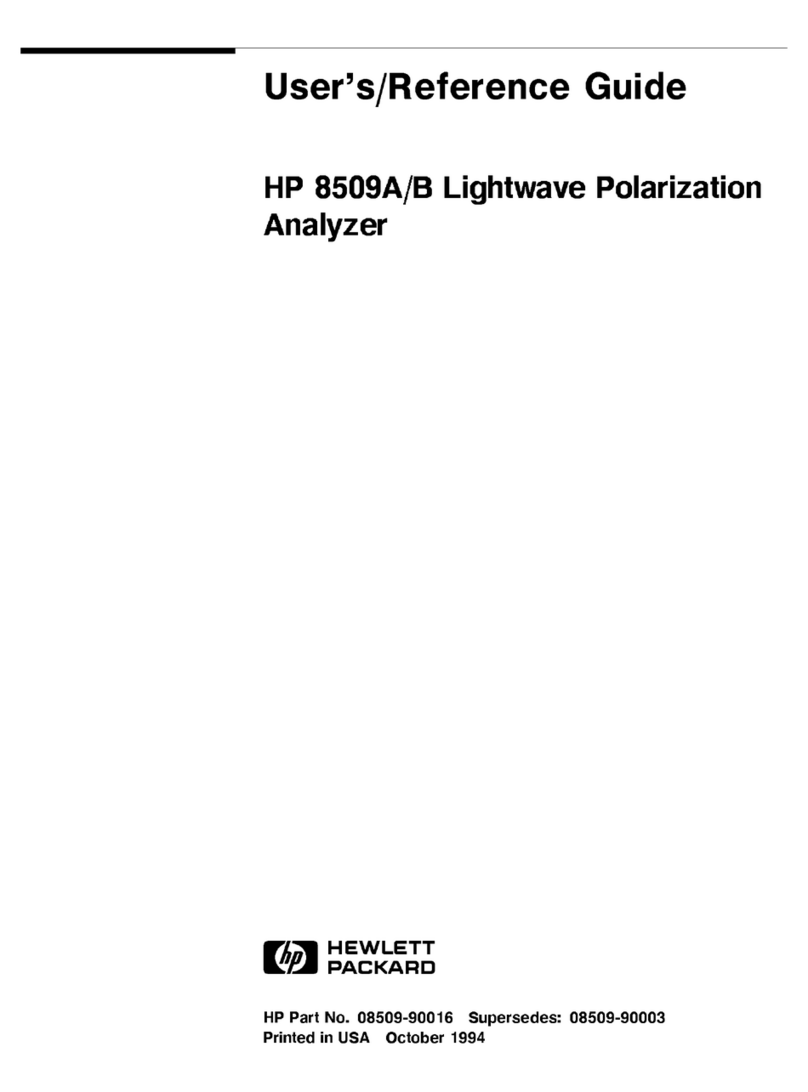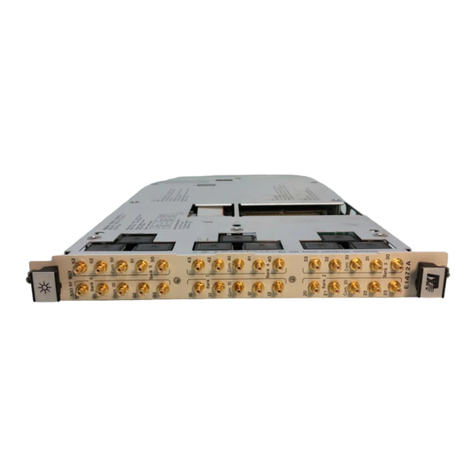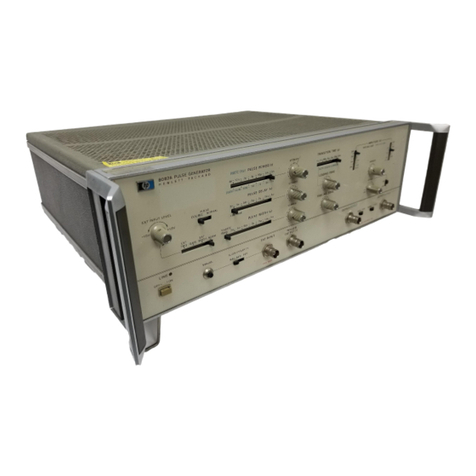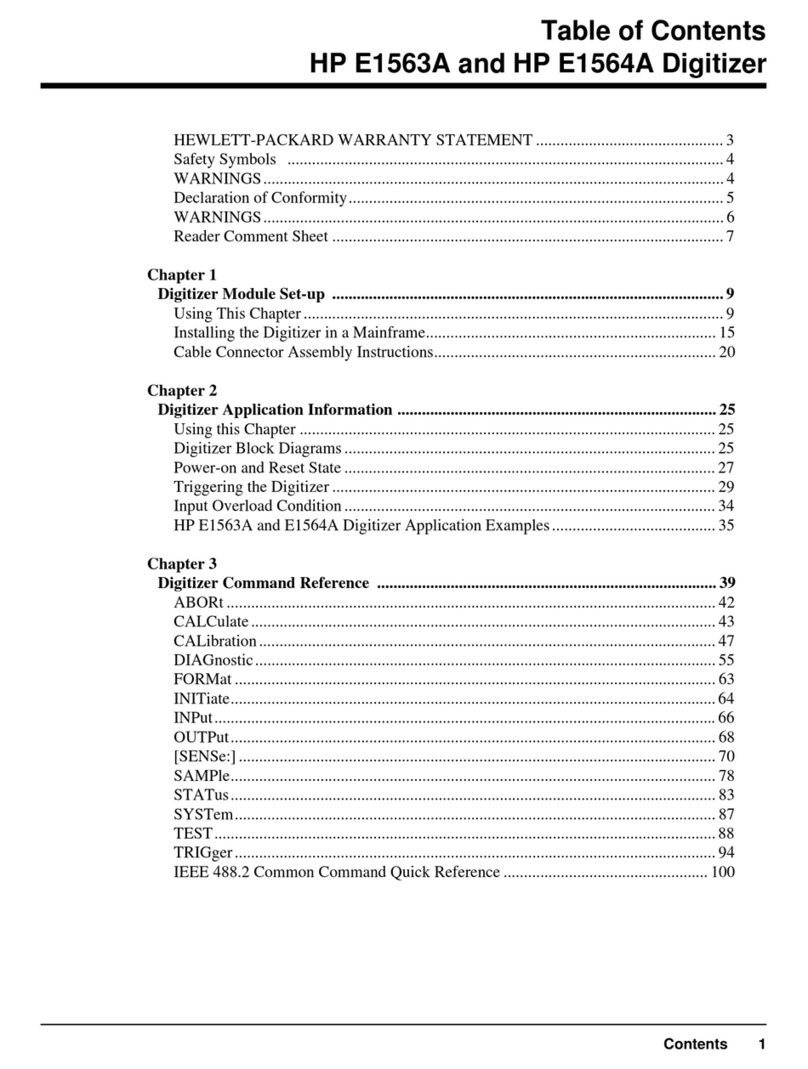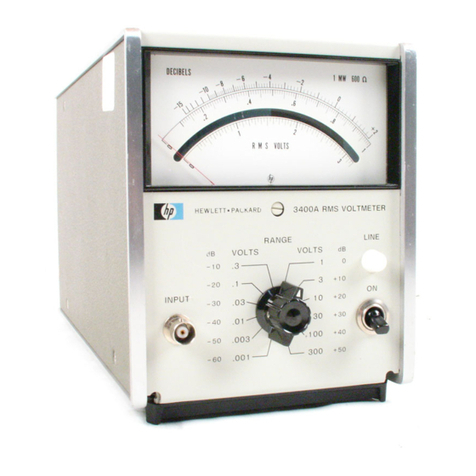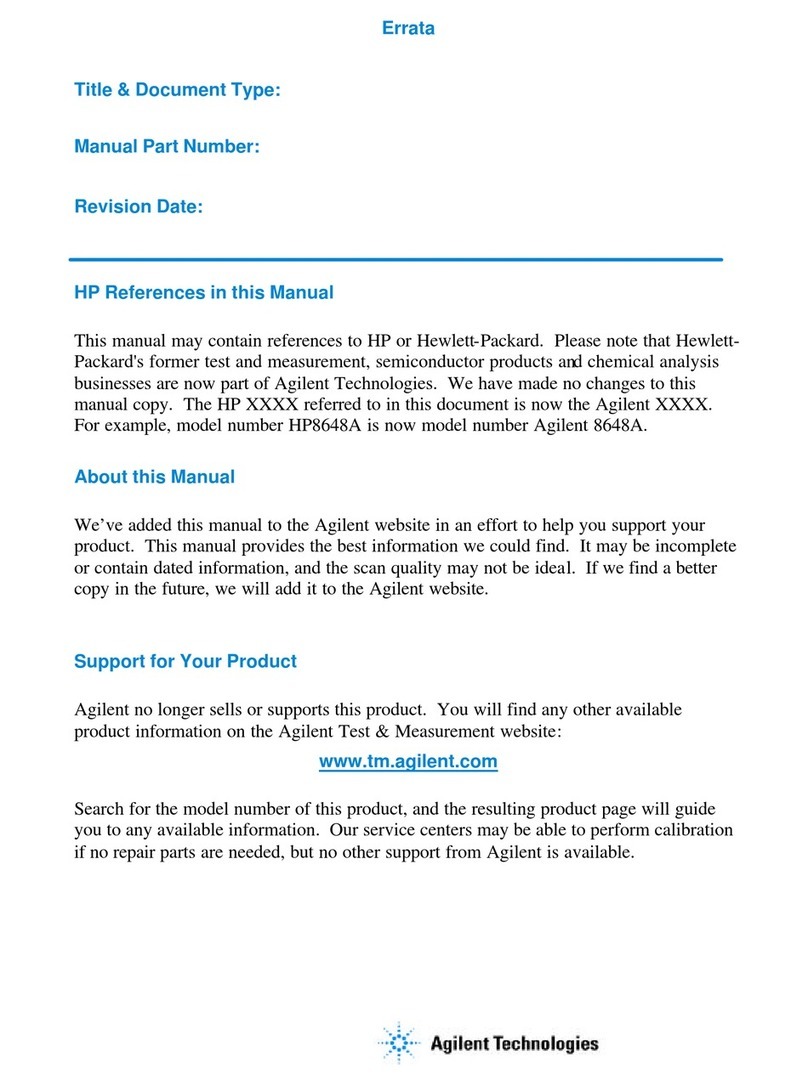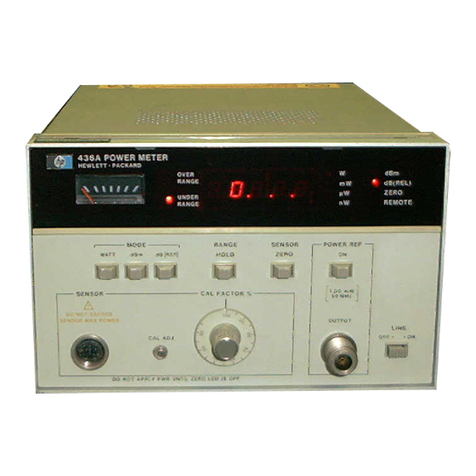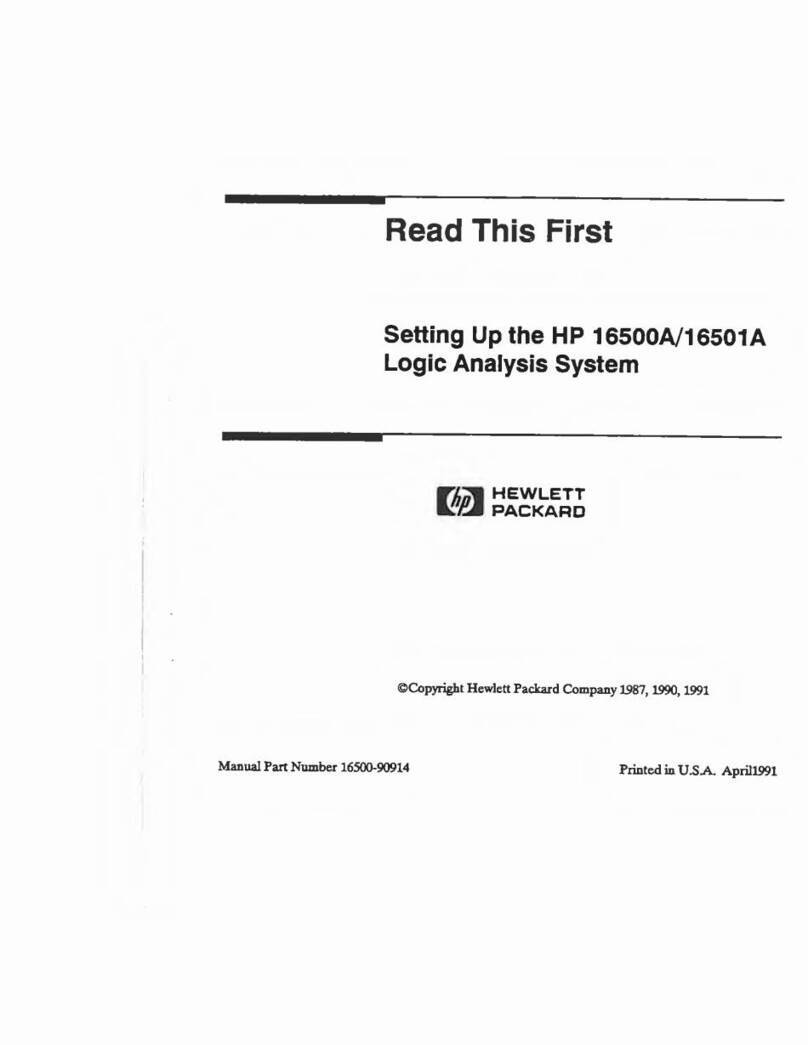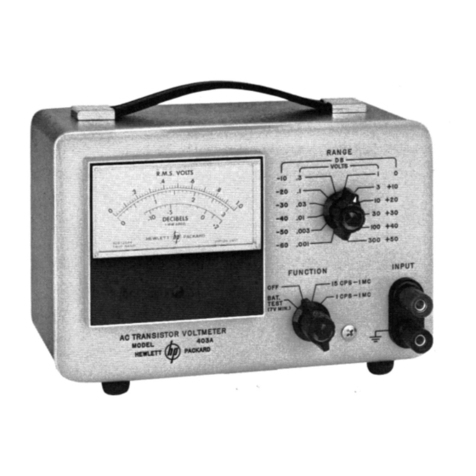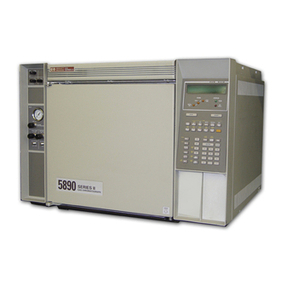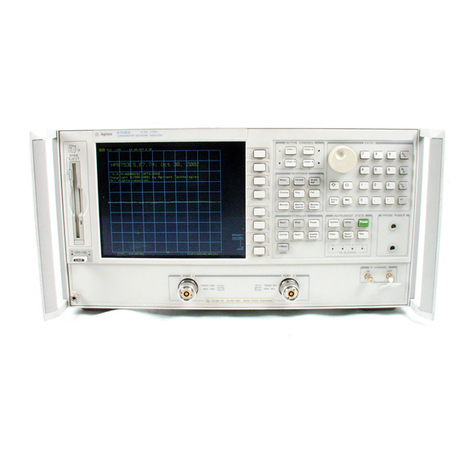
TB 9-6625-2021-35
2
SECTION III
(Continued) Paragraph
Page
Equipment setup................................
75
Time base stability option 001 only
86
Self-check................................
..............................
97
10 Hz to 250 MHz frequency and 1 MΩinput
sensitivity check................................
10
7
10 Hz to 18 GHz frequency and 50Ωinput
sensitivity check................................
11
8
Power supply................................
12 10
Final procedure ................................
13 10
IV.
CALIBRATION PROCESS FOR MICROWAVE
FREQUENCY COUNTER TD-1225A(V)1/U
(HEWLETT-PACKARD, MODEL 5342A/H14),
TD-1225A(V)2/U (HEWLETT-PACKARD,
MODEL 5342A/H16) AND HEWLETT-
PACKARD, MODELS 5342A AND 5343A
Preliminary instructions................................
14 11
Equipment setup................................
15 11
Time base stability (option 001, H14, H16,
time base 10544A and model 5343A)
16
12
Self-check................................
..............................
17 13
Frequency and sensitivity check -10 Hz to
520 MHz ................................
...............................
18
13
Frequency and sensitivity check -500 MHz to
18 GHz................................................................
19
15
Power supply................................
20 15
Final procedure ................................
21 16
SECTION I
IDENTIFICATION AND DESCRIPTION
1. Test Instrument Identification. This bulletin provides instructions for the
calibration of Frequency Counter Hewlett-Packard, Model 5340A and Microwave
Frequency Counter TD-1225A(V)1/U (Hewlett-Packard, Model 5342A/H14), TD-
1225A(V)2/U (Hewlett-Packard, Model 5342A/H16) and Hewlett-Packard, Models 5342A
and 5343A. The manufacturer's manuals were used as the prime data source in compiling
these instructions. The equipment being calibrated will be referred to as the TI (test
instrument) throughout this bulletin.
a. Model Variations. Variations among models are described in text.
b. Time and Technique. The time required for this calibration is approximately 3
hours, using the dc and low frequency and microwave technique.
